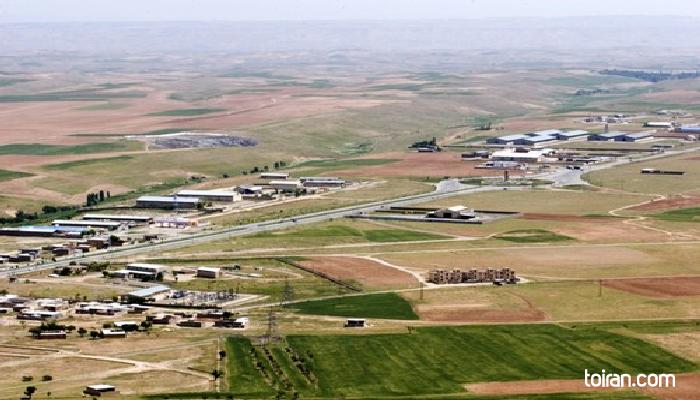Located in Kurdistan Province in northwestern Iran, Bijar sits between Zanjan Province in the northeast, the city of Takab in West Azarbaijan Province in the northwest, Hamadan Province in the southeast and the Kurish cities of Sanandaj and Divandareh in the west.
With an average height of 1940 meters above sea level, Bijar has been nicknamed the ‘Roof of Iran.’ The city has semi-arid climate and experiences extremely cold temperatures of up to -38 degrees centigrade during the winter and temperatures of up to 41 degrees centigrade during the summer. The temperature difference between the coldest and warmest day of the year is 79 degrees centigrade.
It ancient times the city was known as 'Bidzar,' which means ‘land of willow trees’ in the Persian language, and many believe over time its name became Bijar.
The Qamchoqay Fortress and Castel outside this city was used as a strategic stronghold by the Medians (678 -549 BCE), Parthians (247 BC–224 CE) and Sassanids (226-651 CE), giving weight to the theory that the history of Bijar dates back to the 3rd millennium BC.
During the Mongol invasion of Iran in the 13th century, Genghis Khan (1162 -1227) occupied Bijar and built a castle near the city, which is called ‘Genghis Castle’ and is one of the tourist attractions of the area.
In the World War I, the Russians and Ottomans repeatedly battled over control of the city and by the end of the war Bijar lost almost half its inhabitants. The British were next to take over the city and during this time 16th century Safavid bazaar of the city was burnt to the ground.
Bijar has enjoyed fame for its carpets since the Achaemenid era (550-330 BCE). With their magnificent design and lively colors, these rugs have 250 and 400 knots per inch and are distinguished by their stiff and heavy wool foundation. Bijar carpets have been dubbed the ‘iron rugs of Persia’ as they can withstand up to 200 years of use and are considered some of the durable rugs in the world.
Some of the city’s prominent personalities include poet Fazel Khan Garousi (1784-1843), Rear Admiral Gholamali Bayandor (1898-1941), actor Farhad Aslani (1966), bodybuilding champion Baitollah Abbaspour (1979) and footballer Eshaq Sobhani (1984).











